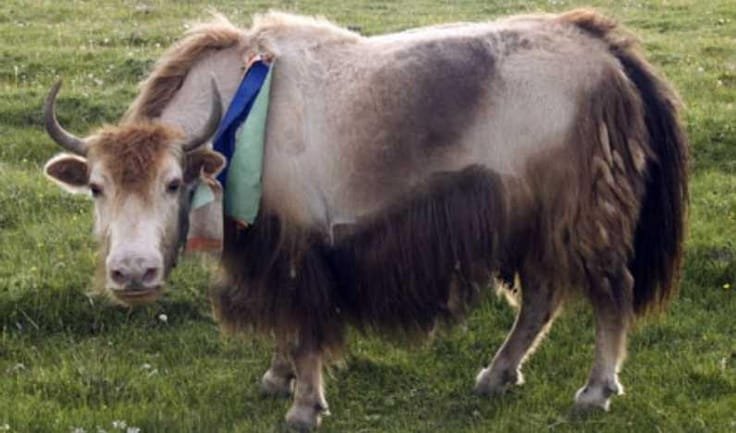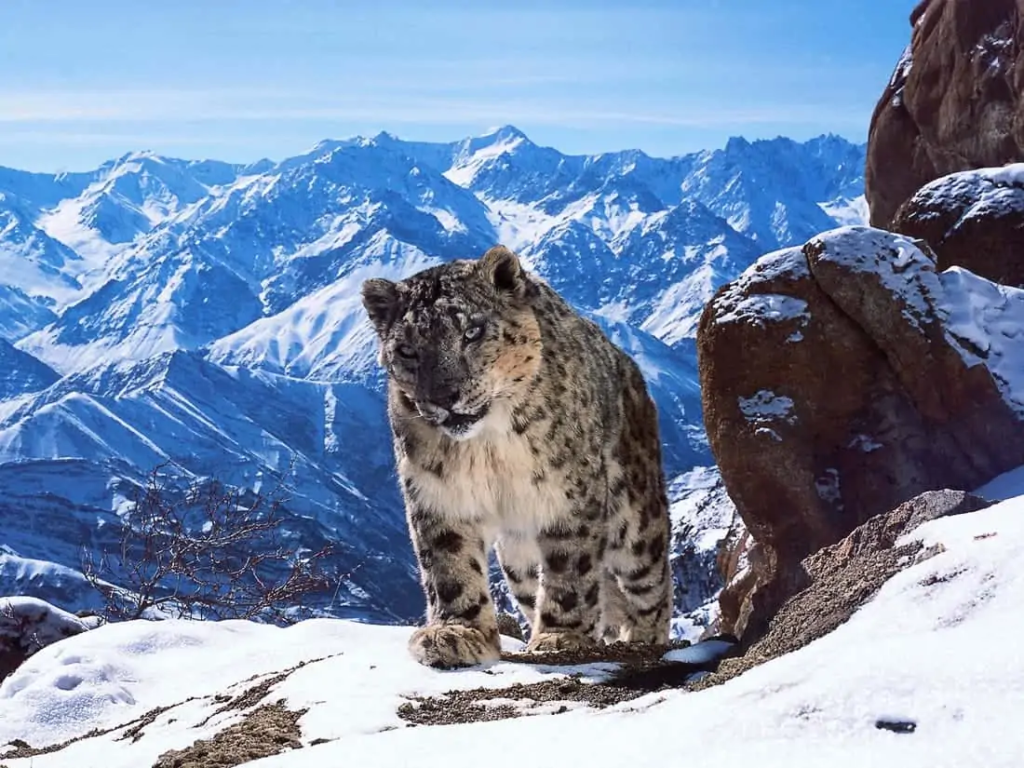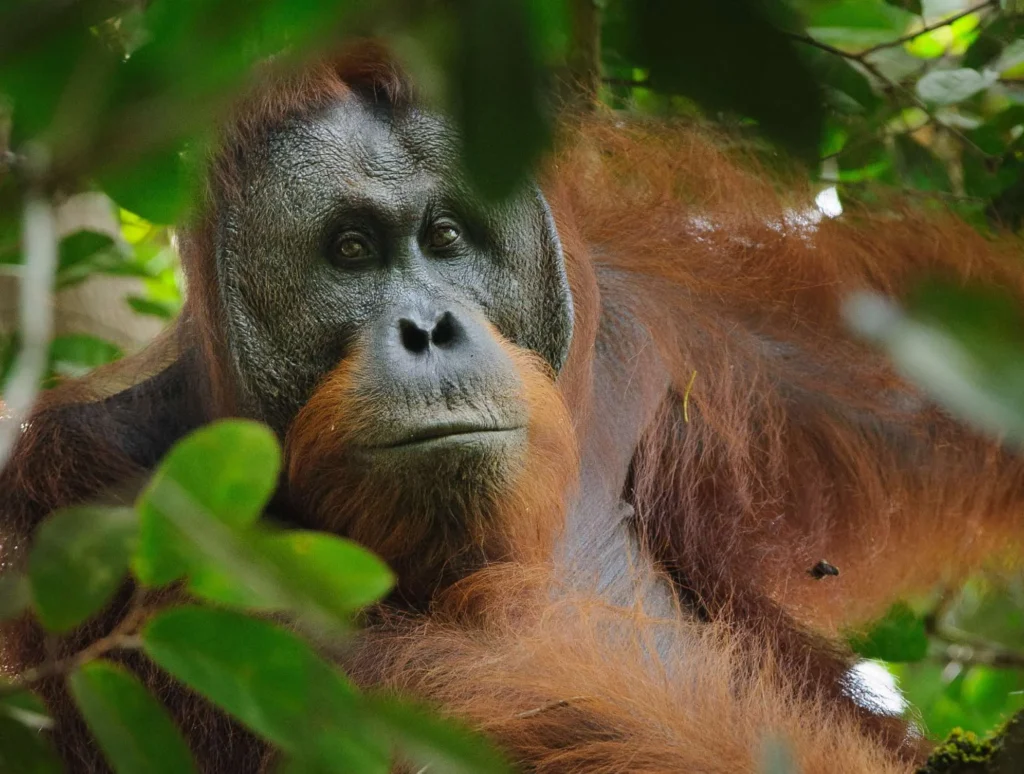In the world of animal breeding, hybrids often emerge as a result of pairing different species to combine the best traits of both.
One such hybrid is the yak-cow hybrid, also known as the “yax.” This crossbreed is the product of mating a yak (a domesticated bovine species found primarily in the Himalayan region) with a cow (usually of a traditional dairy or beef breed). The resulting offspring inherit unique qualities from both parents, making them fascinating animals with distinct characteristics.
The Parent Species: Yaks and Cows
Before diving into the specifics of the yak-cow hybrid, it’s important to understand the parent species.
Yaks are large, sturdy animals native to the high-altitude regions of the Himalayas, Tibet, and Mongolia. They are known for their thick fur, which helps them survive in cold, harsh environments. Yaks are primarily used by local communities for their milk, meat, and as pack animals due to their ability to carry heavy loads over difficult terrains.
On the other hand, cows are one of the most widely domesticated animals globally. Found in various breeds, cows are primarily raised for their milk, meat, and leather. Unlike yaks, cows thrive in a variety of environments, from temperate to tropical climates. They are generally larger than yaks but do not have the same level of cold tolerance or strength for high-altitude work.
Why Breed a Yak-Cow Hybrid?
The idea behind crossbreeding a yak and a cow is to create an animal that combines the best attributes of both species. Yaks are tough, resilient animals, well-suited to cold environments, while cows offer traits like higher milk production and adaptability to different environments. When bred together, a yak-cow hybrid inherits these beneficial traits, making them useful for farmers in regions where either yaks or cows alone might not thrive.
In particular, yak-cow hybrids are bred to perform well in areas where the terrain is mountainous or harsh. These hybrids are more adaptable than purebred yaks, and they also produce more milk than yaks, making them valuable to farmers who need both hardiness and higher milk yields.
Physical Characteristics of the Yak-Cow Hybrid
The appearance of a yak-cow hybrid can vary depending on the parentage, but there are some common traits. Typically, a yak-cow hybrid is medium-sized, larger than a yak but smaller than a typical cow. Their fur tends to be thick like a yak’s, which helps them adapt to cooler climates. However, it is usually less dense than the fur of a pure yak, which may make them more comfortable in a wider range of temperatures.
The hybrid’s body structure is usually stockier than that of a cow, with powerful legs and a solid frame inherited from the yak parent. Their horns are typically curved and smaller than those of a full-grown yak, and they often have a more robust and muscular build compared to cows.
Behavioral Traits
Yak-cow hybrids inherit the best qualities from both species. They are typically calm and easy to manage, much like cows, but they also possess the resilience and endurance of yaks. These animals are well-suited for farming in remote, high-altitude regions where cows might struggle.
One of the most notable behavioral traits of yak-cow hybrids is their adaptability. Unlike purebred yaks that require cold, high-altitude environments, hybrids are better able to withstand warmer climates, making them more versatile for farming in a variety of regions.
Additionally, these hybrids are often more social than yaks, allowing them to interact better with other livestock and humans. However, they may still retain some of the independent, rugged characteristics that yaks are known for, especially in more challenging conditions.
Uses of the Yak-Cow Hybrid
The main reason for crossbreeding yaks and cows is to create an animal that can thrive in diverse environments while providing practical benefits to farmers and herders. Yak-cow hybrids are valued for their ability to adapt to high altitudes, but they are also used for their milk and meat.
- Milk Production: A yak-cow hybrid can produce more milk than a pure yak, making it a more reliable source of dairy in regions where cow dairy is not as feasible. The milk from these hybrids is rich in nutrients and is often used to make a variety of dairy products such as cheese, butter, and yogurt.
- Meat: The meat of a yak-cow hybrid is also highly prized for its lean texture and flavor. It is typically less fatty than regular cow meat but is still tender and flavorful, making it a desirable food source in many regions.
- Pack Animals: While not as commonly used for transportation as pure yaks, yak-cow hybrids can still serve as pack animals. Their strength and stamina allow them to carry loads across difficult terrains, though they might not be quite as strong as a full yak.
Challenges and Considerations
While yak-cow hybrids offer many benefits, there are also challenges to consider. One of the main issues is that they are not always as robust as purebred yaks. They may be more susceptible to diseases or environmental stresses that yaks are typically able to endure. Additionally, hybrid animals may not be as fertile as their purebred parents, leading to challenges in maintaining populations in the long term.
Furthermore, breeding hybrids requires careful management to ensure the animals inherit the most desirable traits from both parents. If the breeding is not done properly, the hybrids may inherit negative traits from one or both species, which can limit their effectiveness in farming or herding.
Conclusion
The yak-cow hybrid is an example of nature’s adaptability and humans’ ingenuity in breeding animals to meet specific needs. These hybrids are versatile, hard-working, and provide valuable resources like milk, meat, and transportation in regions where conditions are harsh. While there are challenges in breeding and maintaining these animals, their benefits make them a worthy consideration for farmers looking to raise animals that combine the strengths of both yaks and cows.
With further research and careful breeding, the yak-cow hybrid may become an even more essential part of farming communities, particularly in areas where the environment is tough, and traditional livestock struggles to survive.




